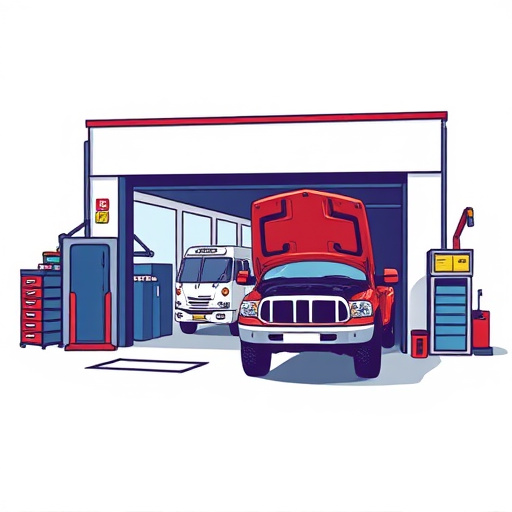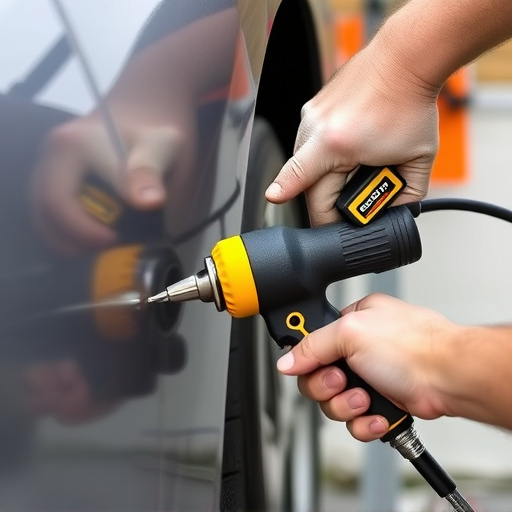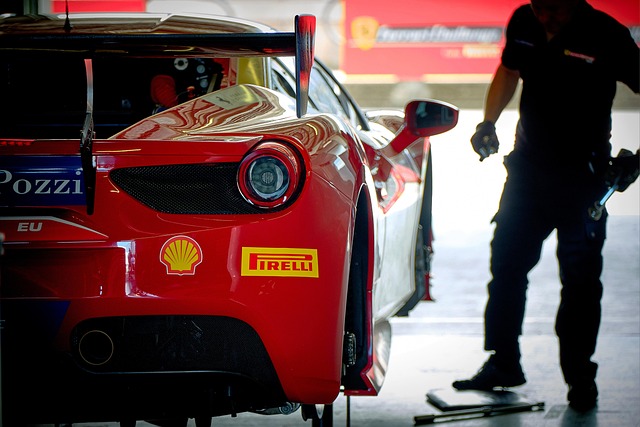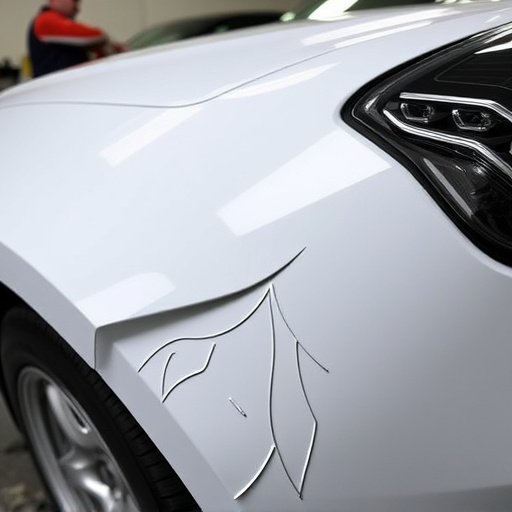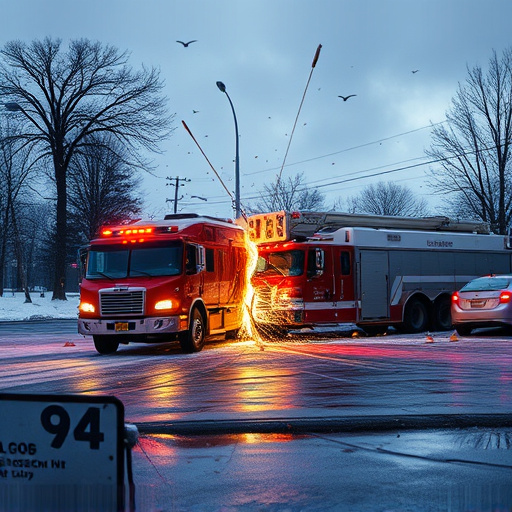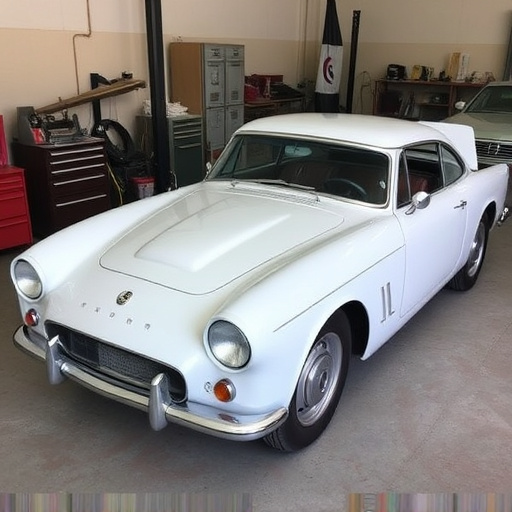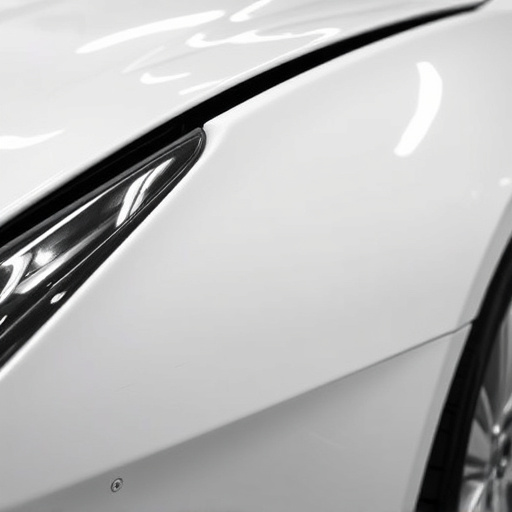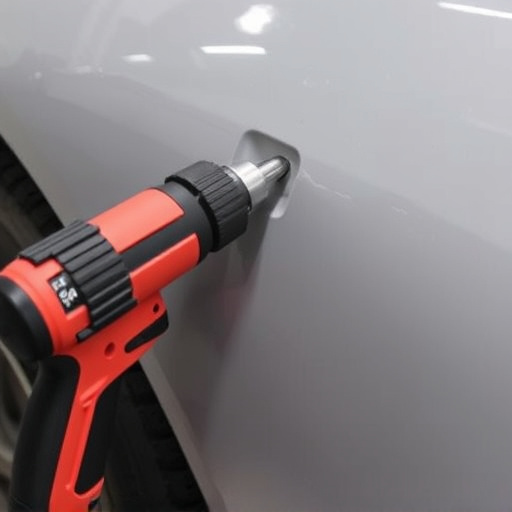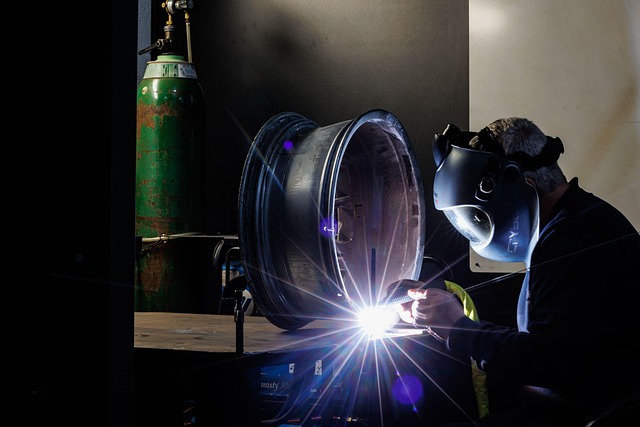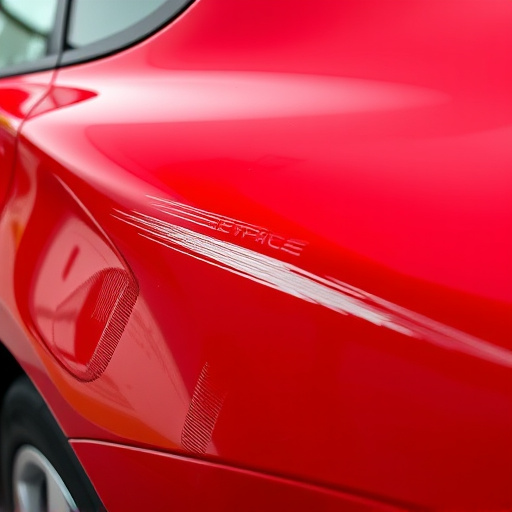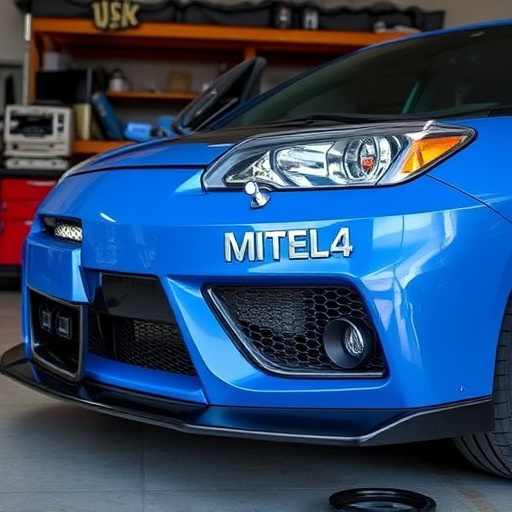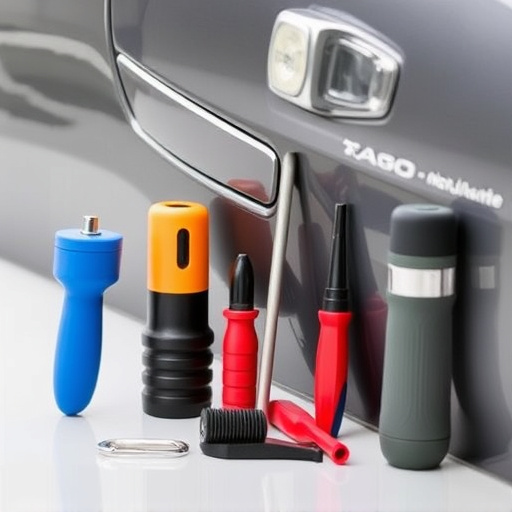Paintless dent repair (PDR) is a non-invasive auto body shop technique that reshapes damaged areas without sanding or repainting, preserving original paintwork and suitable for minor dents, dings and creases. While cost-effective and time-saving, PDR has limitations with complex dents and color matching, requiring skilled technicians.
“Considering a repair option for your vehicle’s dents? Explore the benefits of paintless dent repair (PDR) as an alternative to traditional bodywork. This non-invasive approach offers precision and efficiency, making it ideal for minor to moderate dents. In this article, we’ll guide you through understanding PDR, identifying when it’s the best choice, and comparing its pros and cons to conventional bodywork. Discover why PDR is revolutionizing car repairs.”
- Understanding Paintless Dent Repair: A Non-Invasive Approach
- When is Paintless Dent Repair the Better Option?
- Pros and Cons: Comparing PDR to Traditional Bodywork
Understanding Paintless Dent Repair: A Non-Invasive Approach
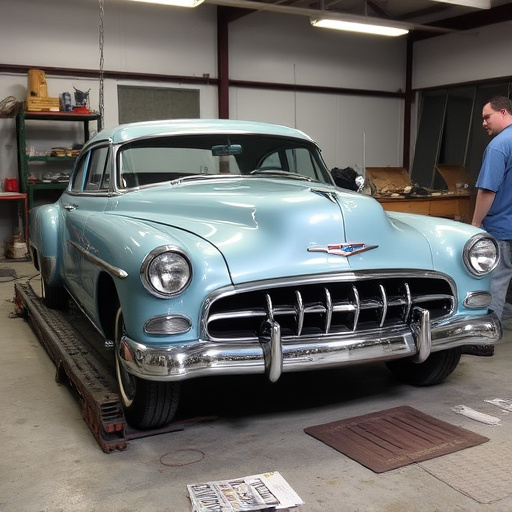
Paintless dent repair (PDR) is a non-invasive auto body shop method that has revolutionized car paint repair. Unlike traditional bodywork, which often involves sanding, priming, and repainting, PDR focuses on restoring damaged areas back to their original condition without disturbing the surrounding paint. This innovative technique uses specialized tools to gently push and pull the dented area back into place, essentially reversing the damage.
PDR is particularly effective for minor dents, dings, and creases that are typically caused by parking lot mishaps or road hazards. By preserving the original car paint, this method not only saves time but also prevents potential color mismatches and unsightly repairs that can occur with conventional auto painting techniques. For those looking to restore their vehicle’s aesthetic without extensive bodywork, PDR offers a cost-effective and efficient solution.
When is Paintless Dent Repair the Better Option?
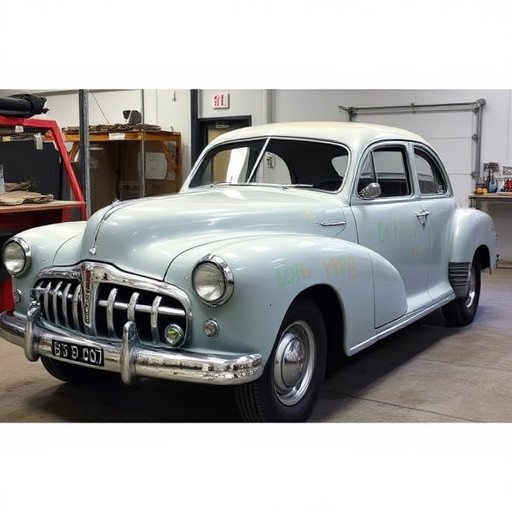
When considering repairs for your vehicle, especially after a collision or minor impact, choosing between paintless dent repair (PDR) and traditional bodywork is an important decision. Paintless dent repair is often the better option when the damage is minimal and limited to the surface of the vehicle, such as dents, dings, or creases in the fender, door panels, or hood. This non-invasive method involves skilled technicians using specialized tools to gently push out the damaged area back to its original shape without damaging the surrounding paintwork.
PDR is particularly advantageous when maintaining the vehicle’s aesthetic value and originality is a priority. Since it preserves the factory finish, PDR can be more cost-effective for minor repairs, as there’s no need to repaint or sand down the affected area. This makes it an appealing choice for those who want to avoid lengthy collision repair processes involving extensive bodywork and painting, saving both time and money while ensuring a seamless restoration of your vehicle’s pre-incident condition.
Pros and Cons: Comparing PDR to Traditional Bodywork
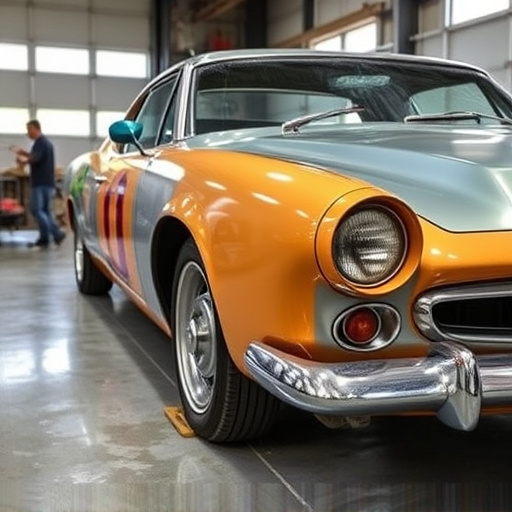
The paintless dent repair (PDR) method offers a compelling alternative to traditional bodywork for minor car dents and scratches. Pros include non-invasive nature, preserving the original factory finish, and potentially lower costs compared to replacing or repainting damaged panels. PDR technicians use specialized tools to gently push out dents from the inside, eliminating the need for cutting, welding, or extensive painting. This method is particularly effective for smaller dings, creases, and hail damage.
However, there are also some drawbacks. PDR may not be suitable for deep or complex dents that involve multiple panels or have been left untreated for extended periods. Unlike traditional bodywork, which can provide a completely fresh start with new paint and finishes, PDR aims to restore the existing surface, so matching the original color perfectly can still pose challenges. Moreover, finding qualified PDR technicians requires research, as not all auto repair shops offer this service, adding another layer of consideration for vehicle owners.
When deciding between paintless dent repair (PDR) and traditional bodywork, understanding each method’s strengths is key. PDR offers a non-invasive approach, making it ideal for minor dents and scratches. It preserves the vehicle’s original factory finish and is cost-effective. However, for deeper or more complex damage, traditional bodywork may be necessary. By considering the extent of the damage, vehicle value, and desired outcome, you can make an informed decision to choose the best repair method for your needs.
